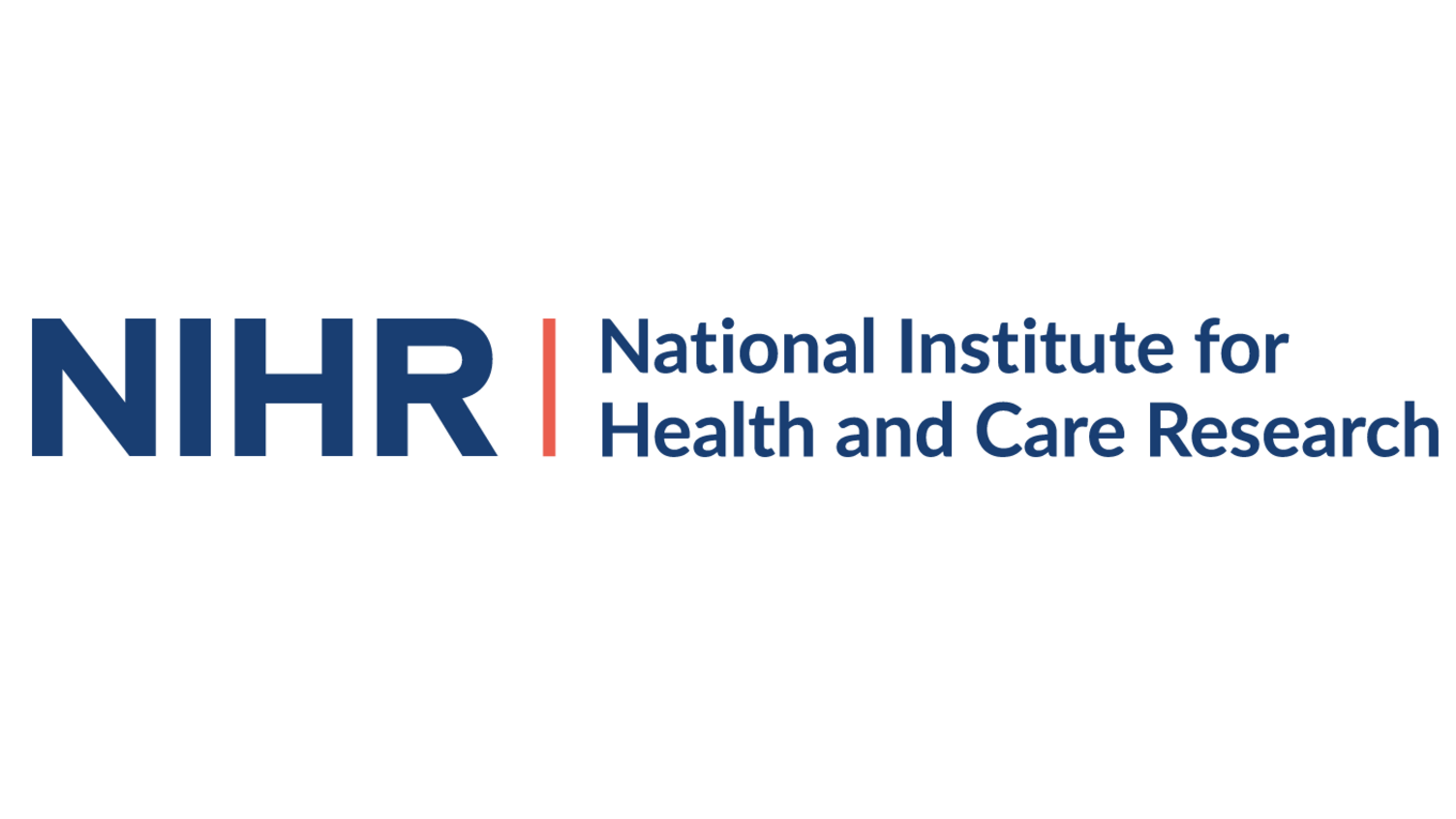Tailored engagement strategies for our unique landscape
- 7 April 2020
- 3 min read
Britney Duncan, Research Coordinator, Respiratory Research Centre, University of Saskatchewan, talks about the Obstructive Sleep Apnea PSP
JLA PSPs typically utilize an online survey approach to gather information from people with lived experiences on a variety of health issues. Our PSP team knew from the start that we would need to think “outside the box” when it came to engaging Saskatchewan residents with obstructive sleep apnea (OSA) to find out their treatment-related questions. And, when our survey opened in December of 2019, we hit the ground running making connections with local partners, community organizations and health professionals to ensure we heard from everyone that had something to say.
Our Survey
One distinct feature of our survey is that we decided to create two separate surveys—one for patients and one for clinicians. We felt it was important to develop a second survey for clinicians in order to gauge the type of professionals that are treating patients with OSA and the setting in which they provide those services. Sleep specialists are located in the two urban centres of the province which can cause access issues for many rural and remote communities. With this in mind, we looked outside our province to cast a wider net in incorporating the clinician voice in meaningful numbers.
Planning
To our benefit, our Steering Group was already deeply embedded in the local community and that helped us to connect with professionals working with a large pool of residents with OSA. To help us organize, we developed an engagement planner to categorize agencies, organizations, community groups, employers, etc. that we knew would be essential inlets for our targeted group. Once we all had our assignments we set out to contact community stakeholders to determine the most appropriate means of engagement.
In the field survey administration
Saskatchewan is a unique province in Canada. We have a large number of rural and remote communities, as well as a number of Indigenous communities and 2 city centres to consider. Being that we were in one of the 2 larger urban centres we started there. Our PSP established a co-locator office in one of Saskatoon’s Core Neighborhoods--core neighborhoods are the 5 neighborhoods of Saskatoon that are home to a large portion of Saskatoon’s most economically deprived residents. Here, we established a presence once a week for two months where residents could stop in to get more information about the PSP and access paper surveys.
We also were able to partner with Chronic Disease Management programs located at 2 of the city’s Leisure Centres. At these sites, we set up a table to invite participants in the rehab and walking groups to fill out the paper survey if they had had a diagnosis of OSA or were a family member of such an individual.
One of our Steering Group members is also an Agriculture Occupational Health Nurse working in rural municipalities (RMs) throughout our province. Our PSP was able to draw on her expertise and “piggyback” on her schedule to arrange for survey opportunities alongside her Hearing and Respiratory Health and Safety Clinics for Farmers as well as agricultural producer conferences. These opportunities allowed us to reach several RMs located a fair distance from the urban centres.
In-person survey efforts were also bolstered by our PSP Lead’s relationships in the community. She was able to connect with leadership at numerous locations including an assisted living facility where the interest was high. She presented a brief presentation on the condition and, provide educational materials in exchange for the opportunity to introduce the survey. Attendees were eager to participate and even referred more participants that were not able to attend that day. The Saskatoon Council on Aging included information on the PSP in their monthly communication, which reached over 1,500 older adults and their advocates.
Media Blitz
With the population distribution of our province being a familiar challenge for us we also decided to engage the media to get the word out to a wider audience. With the help of our University Marketing and Communications department we were able to get the information out to local television stations, news print and radio outlets. CBC and CKOM Radio, CTV News, to name a few, helped us to double our survey response rate in a matter of one week.
What we have learned so far
As expected, having a diverse Steering Group has contributed to our immediate success in survey responses. All members had a unique connection with at least one patient group in Saskatchewan that provided an essential avenue to reaching participants. By the end of February, we had far exceeded our expectations on public responses and, we still have strategies in place to reach some of the more difficult to engage cultural groups. This exercise has been a great opportunity to put our engagement concepts into practice for future knowledge mobilization efforts. And, we are looking forward to the next steps!
For more information and to see our PSP protocol, please see our page on the JLA website.


